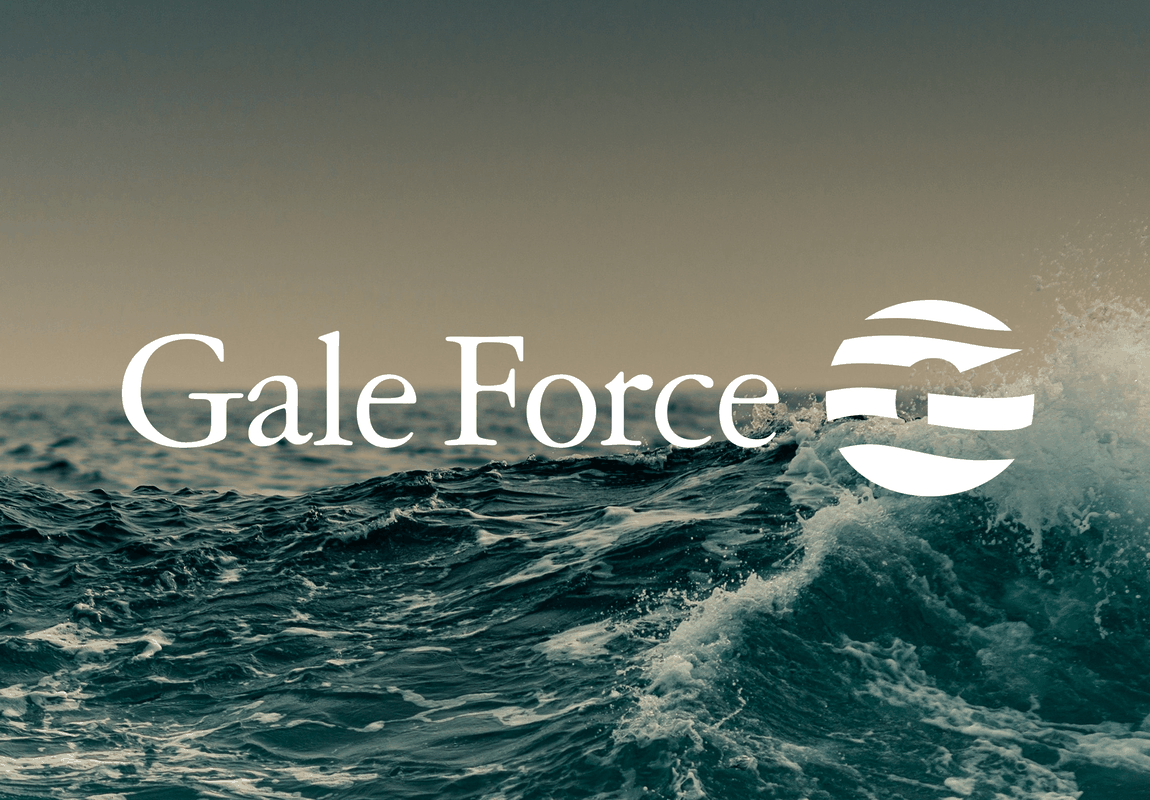Weather Routing: Beyond Carbon Reduction
Read more

Decarbonisation is the talk of the town among weather routing service providers and customers alike – but applying a carbon only approach is a much too narrow perspective to take as climate change and weather uncertainties accelerate. A more holistic view on sustainable resource utilisation is needed: recognising energy efficiency and time management results but also acknowledging that one of the most significant contributions of weather routing is providing safety. For crew, ships and cargo.
Weather routing has always been all about providing sustainable, efficient, and responsible resource management. The primary focus is supporting customers and their vessels with guidance ensuring the most optimal, efficient, and safe sea passages. All based on meteorological and oceanographic preconditions. Leading weather routing service providers are also able to incorporate vessel performance capacity and data in the analysis and advice.
With climate change accelerating both extreme weather at sea as well as a stricter regulatory environment around the global shipping industry, the relevance of weather routing has accelerated greatly over the past decade. Today, receiving routing support has become the norm rather than the exception for vessels at longer sea passages.
As less fuel consumption is a natural outcome of efficient routing, decarbonisation has become the major focus within our industry. Today, decarbonisation is often viewed as the most critical objective. However, it is a one-eyed perspective, and it risks blurring the real added value of weather routing. A more measured approach is needed.
Two very good reasons make up the backdrop for broadening the sustainability approach around weather routing. The first being the acknowledgement that significant strides toward zero emissions will largely depend on advancements from fuel, including alternative energy resources and engine manufacturers. And with new low carbon –but also expensive and limited in supply - fuels increasing their share in the market, the focus on fuel reduction will only continue to grow. In this context, it is important to remember the distinction between weather routing driving this development or facilitating the results. The weather routing business should recognise the latter as being true.
This brings us to second important rationale for broadening the sustainability targets around weather routing. And this second reason also points to the real contribution of the service, where weather routing provides undeniable value. The ability to supply tailored advice as the frequency of extreme weather is accelerating at the same time as uncertainties in weather forecasts are increasing. Both with severe implications for the safety of crew, vessels and cargo.
Weather routing services ought to ultimately be designed to facilitate safe sea passages, ensuring the safety of crews, ships, and cargo, where the commitment to safety also has positive implications on protecting the environment and minimising the risk of accidents and cargo loss (especially in container shipping). With safety made the top priority, a holistic sustainability contribution is ensured, and the most important aspects of weather routing are uncovered.
In conclusion, while weather routing’s primary focus has always been on creating optimal and safe sea passages, the benefits of weather routing analysis and advice extend far beyond immediate operational efficiency. As the industry evolves, it will become evident that weather routing provides indispensable value in navigating the changing landscape—whether it’s through minimising emissions or maximising resource utilisation—ensuring that all dimensions of sustainability are incorporated in the future of the shipping industry.
Gale Force Facts on Decarbonisation: Gale Force has made meaningful contributions to decarbonisation. Over the past four years, our customers have collectively saved approximately 700,000 metric tons of bunker fuel, reducing CO₂ emissions by around 2.2 million metric tons.
Weather Routing Explained: Weather routing today contribute to optimal and efficient sea passages involves by identifying the most optimal routes for ships, based on a variety of criteria such as ETD (Estimated Time of Departure), ETA (Estimated Time of Arrival), charter party terms, and prevailing MetOcean (Meteorological and Oceanographic) conditions—all while adhering to strict safety margins. The outcome of this process is that vessels sail at the most efficient speed, covering the shortest possible distance, and thereby consuming the least amount of fuel. This approach not only lowers fuel costs per ton of cargo for our customers but also enhances predictability and improves overall safety at sea.
The Gale Force Product Offer: Through a combination of the advanced reporting tool Report Creator, the SaaS platform Fleetweb, and top-tier MetOcean and AIS data, Gale Force specialist teams are not only able to supply vessels with routing advice, but also detect performance deviations, such as issues related to fouling or propulsion system problems (including engine efficiency). Ultimately, these efforts contribute significantly to sustainable resource utilisation, maximising the distance travelled per metric ton of fuel and, in turn, optimising the use of ships and fuel.